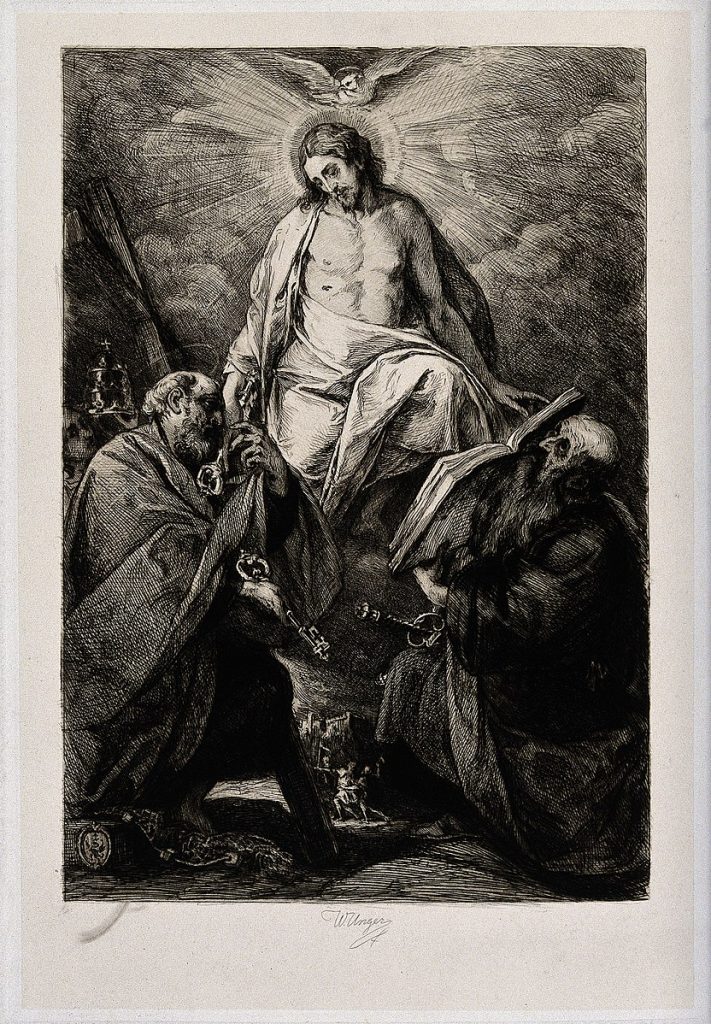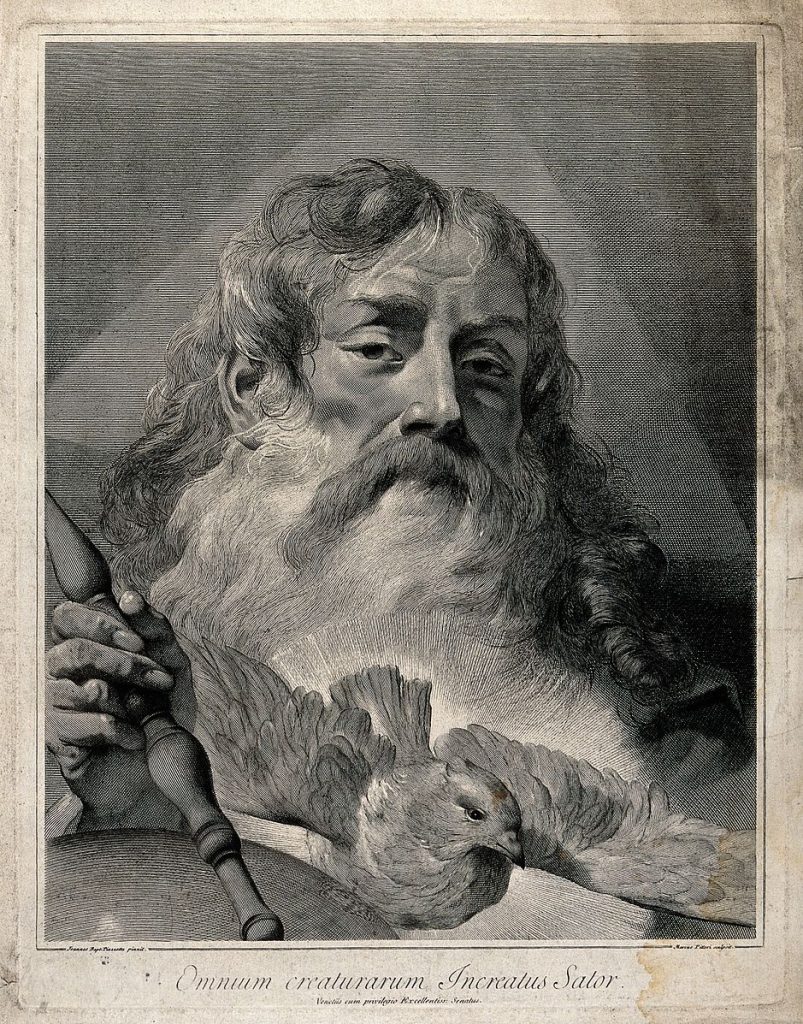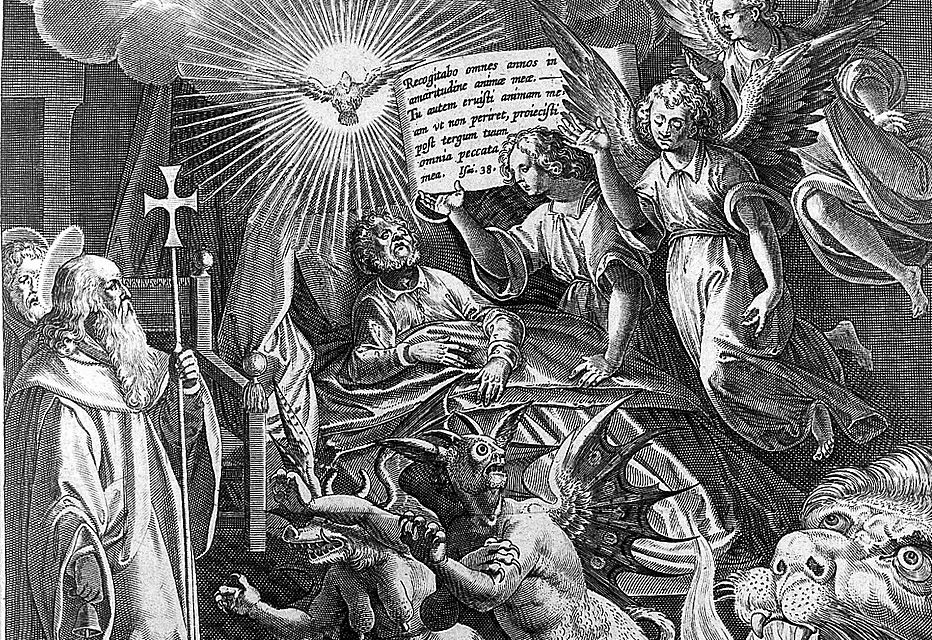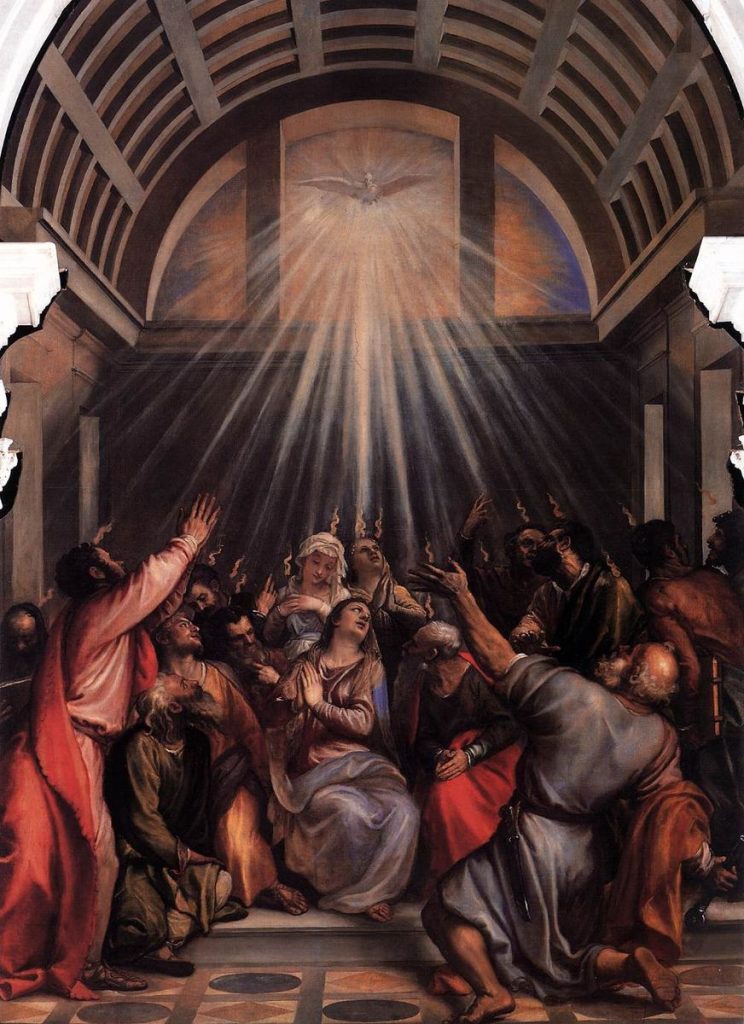We often talk about The First Comforter as another name for the Holy Ghost. Both names seem vague. Actually, I think I like the name “The First Comforter” because it explains more. “First” means first — so there must be a second. And the word “comforter” is descriptive. I understand the feeling of discomfort — spiritual and physical. I can identify with that. Sometimes I am uncomfortable — if I get the middle seat on a Southwest flight — I am not comfortable, nor comforted. If I’m in a room that is too warm, I will crank up the ac which is certainly a comfort — sometimes they even call it the comfort zone on a thermostat.
On the other hand, the “Holy Ghost” is a funny couple of words. I grew up hearing about ghosts — I watched the cartoon, Casper the Friendly Ghost, and I’m pretty sure my parents told me that ghosts were not real. You could dress-up like a ghost for halloween by throwing a sheet over your head. (Which I never did.) The word “holy” means sacred to me, or having reference to God. Putting those two words together to get “holy ghost” seems like a complete paradox to me. I’m not sure how we started using the word ghost for anything sacred. Or did the word “ghost” mean something sacred before it became something spooky?
Ok, so this is when I go to the entymology dictionary, because I just got to know how this “ghost” word came into our vocabulary. So here you go–
Ghost (noun): Old English gast “breath; good or bad spirit, angel, demon; person, man, human being,” in Biblical use “soul, spirit, life,”
In Christian writing in Old English it is used to render Latin spiritus, a sense preserved in Holy Ghost.
Sense of “disembodied spirit of a dead person,” especially imagined as wandering among the living or haunting them, is attested from late 14c.
Sense of “slight suggestion, mere shadow or semblance” (in ghost image, ghost of a chance, etc.) is first recorded 1610s;
Sense of “one who secretly does work for another” is from 1884.
I have to say that the last one there — kind of describes the role of the Holy Ghost — “one who secretly does work for another” (Jesus Christ). But still, the ghost, gheist, ghastly words do not imply something comforting. But traditions are hard to break, and it seems we are stuck with the wording, “Holy Ghost” for the “First Comforter.” Maybe it was popular among the early Pilgrims who lived in New England. Or maybe it goes back even further. Painters in the 1500s used the term, Holy Ghost.
Joseph Smith used both phrases — Holy Ghost and First Comforter:
This first comforter or Holy Ghost has no other effect than pure inteligence.
It is more powerful in expanding the mind enlightening the understanding & storeing the intellect with present knowledge of a man who is of the literal Seed of Abraham than one that is a gentile though it may not have half as much visible effect upon the body for as the Holy Ghost falls upon one of the Literal Seed of Abraham it is calm & serene & his whole soul & body are only exercised by the pure spirit of Inteligence; while the effect of the Holy Ghost upon a Gentile is to purge out the old blood & make him actually of the seed of Abraham. That man that has none of the blood of Abraham (naturally) must have a new creation by the Holy Ghost, in such a case there may be more of a powerful effect upon the body & visible to the eye than upon an Israelite, while the Israelite at first might be far before the Gentile in pure inteligence.
(Words of Joseph Smith, Cook, Lyndon W.. The Words of Joseph Smith (Kindle Location 412). Deseret Book Company. Kindle Edition.)
Joseph describes the First Comforter as pure intelligence. I have always thought that his experiences were rather unique to him, in that the Father and Son appeared to him and said his sins were forgiven, before he was even baptized, or received the laying on of hands. It seems that he received the second comforter right then. But that was Joseph, and he had special calling of establishing The Church of Jesus Christ of Latter Day-Saints.
I even think we get confused with the First Comforter, because of the wording of our Articles of Faith. Joseph didn’t want to have a creed written, but somehow, these Articles got minted as if they were gold. Joseph wrote them in a letter to John Wentworth, a newspaper editor, in response to Mr. Wentworth’s request to know what members of the Church believed.
I just don’t think you can get the whole understanding of the gospel in 13 articles. In fact, I just read a slightly different reading of the Articles of Faith, published by The Church:
4. That faith in Jesus Christ, repentance, baptism by immersion, confirmation, and receiving the gift of the Holy Ghost are all necessary for salvation. (ref)
That is actually a better explanation than the original 4th Article of Faith:
4 We believe that the first principles and ordinances of the Gospel are: first, Faith in the Lord Jesus Christ; second, Repentance; third, Baptism by immersion for the remission of sins; fourth, Laying on of hands for the gift of the Holy Ghost. (Articles of Faith)
We have been reminded that “the laying on of hands for the gift of the Holy Ghost” does not mean you automatically receive this first comforter. But still, many believe you just have to say to yourself, I receive it. And maybe because of Joseph’s experiences it is not clear that more is required. And maybe some of the early saints had already suffered and been tried by the time they were baptized and they did receive the Holy Ghost shortly after baptism.
I just think we need to give it more thought and prayer, because we actually have to know that we have that first comforter. And the manner of receiving it is not the same for everyone. I know that it is very personal. Just for you. But, still I feel funny calling this comforter the Holy Ghost. I think of it as “the comforter,” the sign that God gave me that my sins were finally burned away. It is like the washing and anointing sequence. The baptism of water is a washing, a prelude to the First Comforter (Holy Ghost), which Comforter is more of an anointing, and is sometimes called the baptism of fire.

Christ with the Holy Ghost, Saint Peter the Apostle and Saint Paul the Apostle. Etching by W. Unger after G.B. Crespi. Wellcome Images Credit

God the Father with the Holy Ghost. Line engraving by G.M. Pitteri after G.B. Piazzetta. Wellcome Images credit
Featured Image:
The Holy Ghost in the form of a dove appears as a man lies asleep in bed, causing the demons to flee. Etching by Karel van Mallery after Jan van der Straet. Wellcome Images Credit


